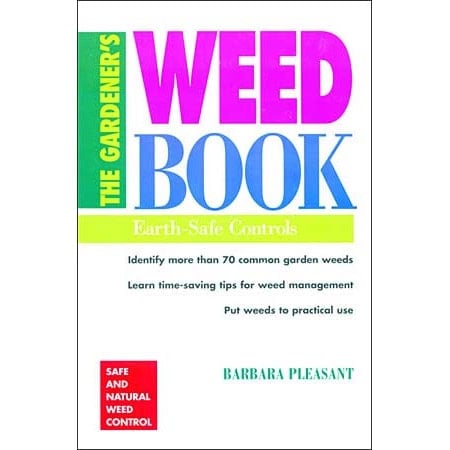Categories
- Organic Gardening–
- Natural Pest Control+
- Growing Indoors+
- Healthy Living+

Compost Thermometer
How hot is your pile? The REOTEMP Compost Thermometer is ideally suited for measuring the core temperature of a compost bin or pile. Measures temperatures up to 200°F and includes three temperature zones to help keep your pile “cooking!” Composting guide included.
Features:
• Easy-to-read dial includes important temperature zones
• 20-inch stem (makes it easy to reach the center of the pile)
• All welded stainless steel
• Waterproof
• Very accurate (+/- 1% full scale)
Available size: 20 in. long
What are the zones on the temperature dial?
Steady Zone: 80 – 100°F
The collaboration of bugs, worms and microorganisms are slowly breaking down the rich organic material in the pile. A compost pile will remain in the Steady Zone until it runs out of fuel or becomes dry. If the inner pile temperature falls to within a few degrees of the ambient air temperature, you may need to add fuel, water or turn the pile. If the material is dark brown and smells “earthy” then the compost is finished.
Active Zone: 100 – 130°F
For most backyard piles this should be the zone you try to keep your pile in for the quickest composting. In this temperature range mostly all of the composting occurs at the microorganism level. Most insects and worms cannot withstand the heat of the pile and organic material breaks down by method of small organisms.
If your pile peaks into the Active Zone, then falls back into the Steady Zone, it’s time to turn your pile. Move the material from the outside of the pile to the inside to induce further decomposition. The inside of the pile should be moderately damp.
Hot Zone: 130 – 160°F.
Only large piles (4′ x 4′ and larger) can obtain such high temperatures with nitrogen-rich materials such as grass clippings. In this zone the organic material is breaking down at a rapid rate as tiny microorganisms consume them. Watch that temperatures do NOT exceed the hot zone. If temperatures climb above 160 F. then split the pile in half and water.









